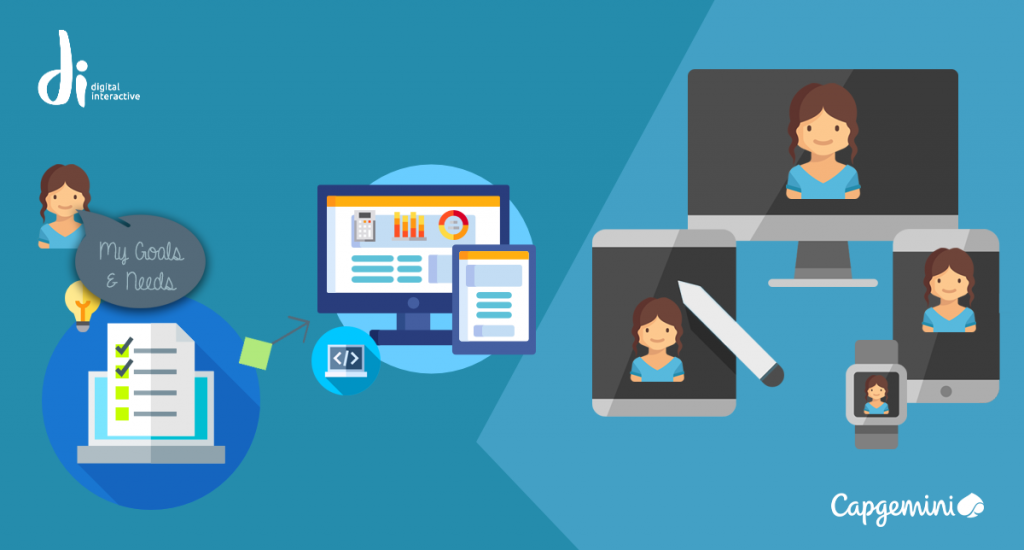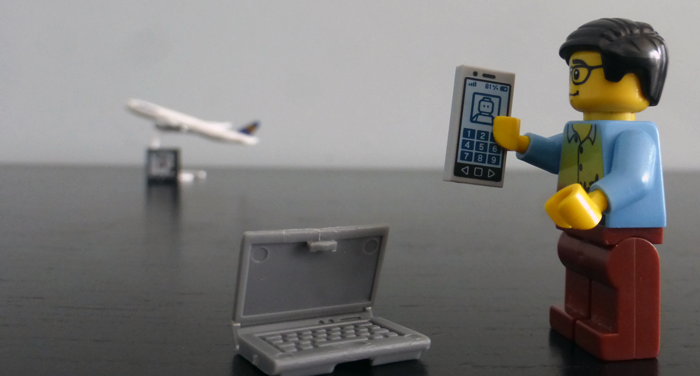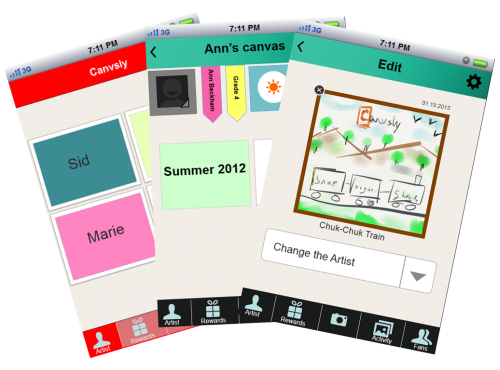Prototyping accelerates a Design-Led Approach for SaaS Implementations
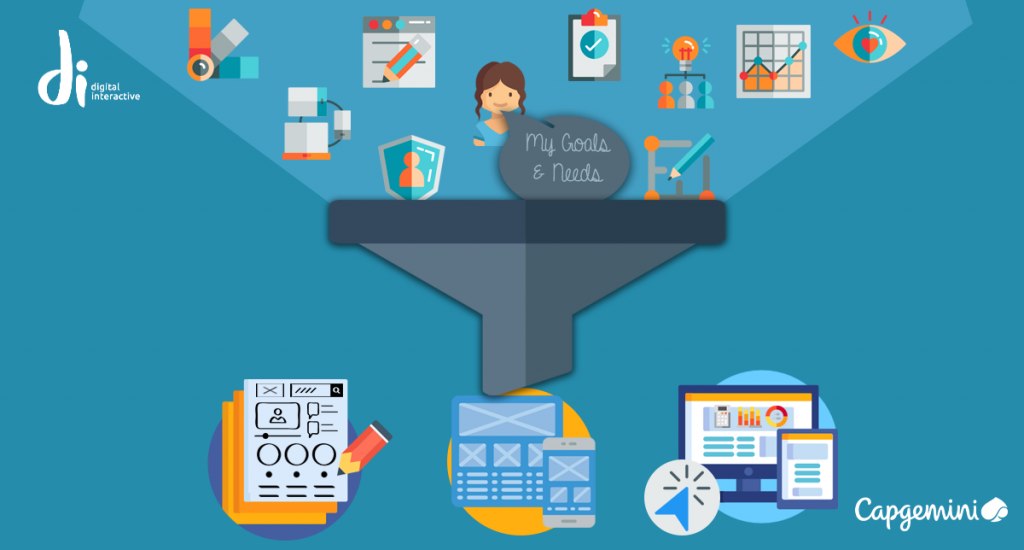 In the past two posts in this series, we looked at the need of following a user-first design approach to enterprise software implementation instead of a system-driven approach, as well as the steps involved. In this final post in the series, we will dive deeper into rapid visualizations, a cornerstone of Rapid Design & Visualization, and the role prototyping plays in enhancing or customizing the design of SaaS solutions.
In the past two posts in this series, we looked at the need of following a user-first design approach to enterprise software implementation instead of a system-driven approach, as well as the steps involved. In this final post in the series, we will dive deeper into rapid visualizations, a cornerstone of Rapid Design & Visualization, and the role prototyping plays in enhancing or customizing the design of SaaS solutions.
The old adage, “a picture speaks a thousand words” captures what user interface prototyping is all about: using visuals to describe thousands of words’ worth of design and development specifications that detail how a system should behave and look.
In an iterative approach to user interface design, rapid prototyping is the process of quickly mocking up the future state of a system, be it a website or application, and validating it with a broader team of users, stakeholders, developers and designers. Doing this in a rapid and iterative manner generates feedback early and often, improving the final design and reducing the need for changes during development.

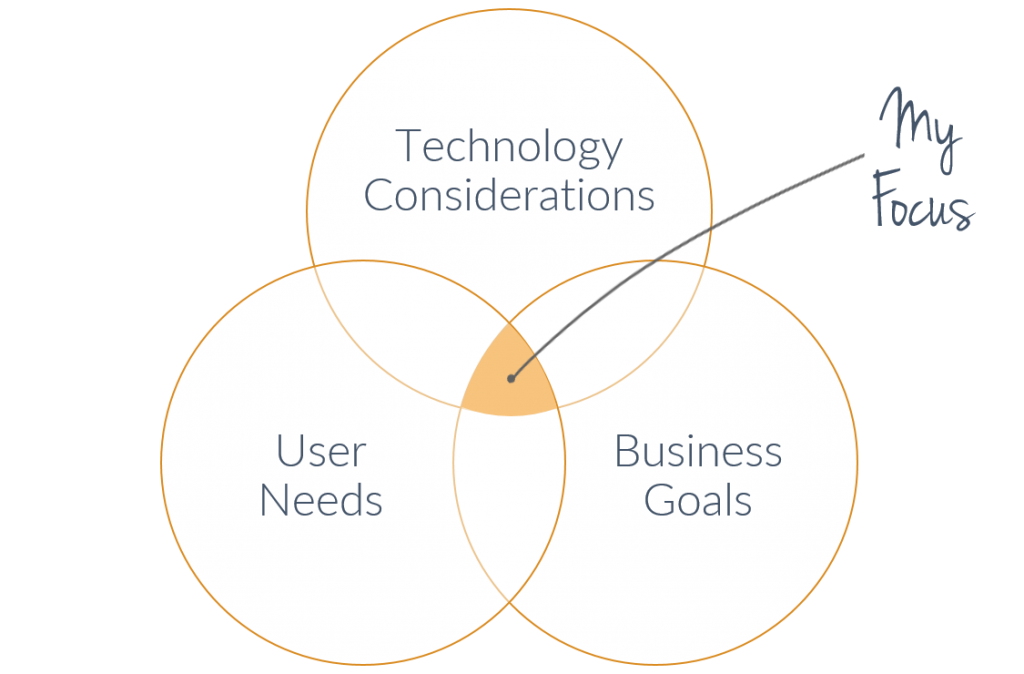

















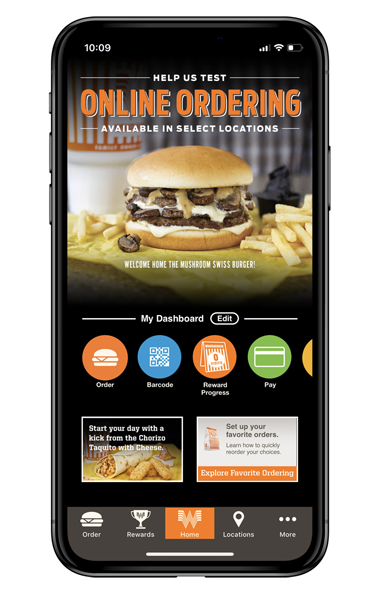
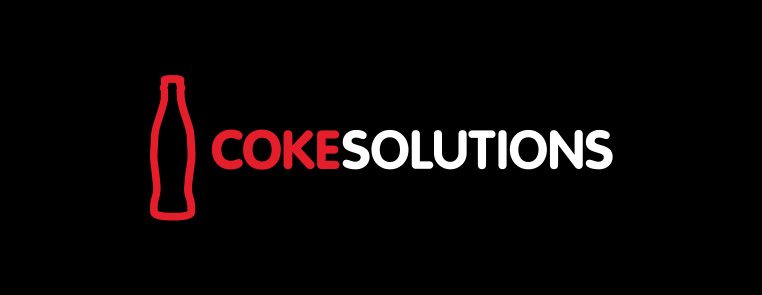
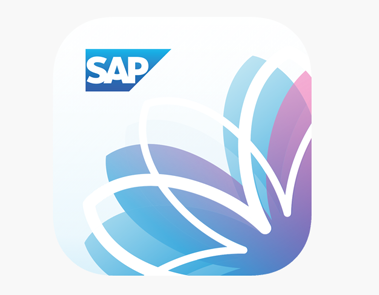
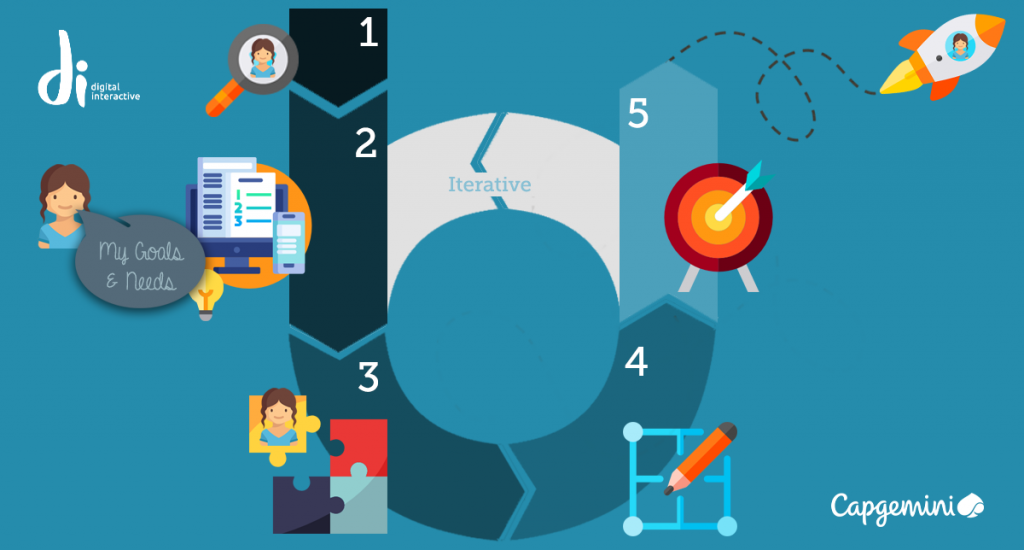 My previous post described why we should follow a
My previous post described why we should follow a 